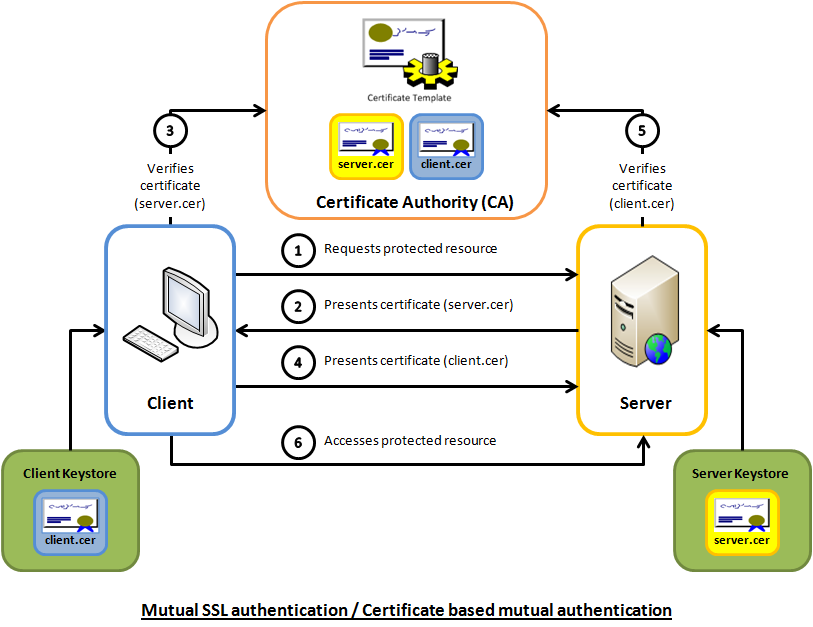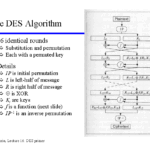As the backbone of secure communication over the internet, SSL (Secure Sockets Layer) certificates employ a variety of cryptographic algorithms to ensure that data transmitted between users and web servers remains confidential and integral. The effectiveness of SSL certificates hinges on the robustness of these algorithms, which safeguard sensitive information from eavesdroppers and prevent tampering. In this article, we will delve into the most secure algorithms utilized in SSL certificates, exploring their properties, applications, and comparative advantages.
1. Symmetric Encryption Algorithms
Symmetric encryption algorithms are fundamental to SSL communications, where the same key is employed for both encryption and decryption processes. This category includes algorithms renowned for their strength and speed. Common symmetric encryption methods featured in the realm of SSL include:
- AES (Advanced Encryption Standard): Currently the gold standard for symmetric encryption, AES operates with key lengths of 128, 192, and 256 bits. Its structure is based on the Rijndael cipher, designed by Belgian cryptographer Vincent Rijmen and Joan Daemen. AES demonstrates resilience against a plethora of attack vectors, making it a preferred choice for securing SSL communications.
- ChaCha20: A relatively newer algorithm, ChaCha20 is distinguished by its high performance in software implementations. This stream cipher, developed by Daniel J. Bernstein, is notable for its ability to provide robust security with lower overhead than traditional block ciphers. Its incorporation into SSL protocols enhances accessibility on less powerful devices.
2. Asymmetric Encryption Algorithms
In addition to symmetric algorithms, SSL certificates employ asymmetric encryption, which utilizes a pair of keys: a public key for encryption and a private key for decryption. This dual-key system is pivotal for establishing secure connections and facilitating authentication. Prominent asymmetric encryption algorithms include:
- RSA (Rivest-Shamir-Adleman): RSA is perhaps the most widely recognized asymmetric algorithm, appreciated for its robustness and historical significance. It operates on the mathematical principles of large prime factorization. Due to its reliance on key lengths typically ranging from 2048 to 4096 bits, RSA provides formidable security against current computational threats. However, its encryption speed is comparatively slower than symmetric alternatives.
- ECDSA (Elliptic Curve Digital Signature Algorithm): Leveraging the principles of elliptic curve cryptography, ECDSA offers equivalent security to RSA with much smaller key sizes. For instance, a 256-bit ECDSA key can provide a level of security comparable to a 3072-bit RSA key. This efficiency makes ECDSA particularly advantageous for environments with limited bandwidth or processing power. Its utilization in modern SSL certificates signifies a shift towards scalable security.
3. Hashing Algorithms
Hashing algorithms play an essential role in the integrity and authenticity of data exchanged during SSL sessions. By producing a unique fixed-size output from variable-sized input data, these algorithms enable verification of the integrity of the transmitted information. Key hashing algorithms employed in SSL include:
- SHA-256 (Secure Hash Algorithm 256): Part of the SHA-2 family, SHA-256 generates a 256-bit hash value, which is extensively used in various digital signature applications. Its resistance to collision attacks, wherein two distinct inputs yield the same hash, makes it a reliable choice for ensuring data integrity in SSL certificates.
- SHA-3: As the latest member of the Secure Hash Algorithm family, SHA-3 provides an alternative cryptographic foundation with a distinct hashing process based on the Keccak algorithm. While not as universally adopted as SHA-256, it offers robust security and resilience against various forms of attack.
4. Key Exchange Algorithms
The secure exchange of cryptographic keys is critical in establishing an SSL session. Key exchange algorithms facilitate this process by allowing parties to securely negotiate a shared secret without exposing it to potential interceptors. Notable key exchange algorithms include:
- DHE (Diffie-Hellman Ephemeral): DHE enables two parties to create a shared secret over an insecure channel. It is characterized by the use of ephemeral keys, which are generated for each session, providing forward secrecy. This property ensures that even if a private key is compromised in the future, past communications remain secure.
- ECDHE (Elliptic Curve Diffie-Hellman Ephemeral): Essentially an extension of DHE, ECDHE utilizes elliptic curve cryptography to enhance security and efficiency. ECDHE offers similar forward secrecy benefits while enabling faster computations due to the smaller key sizes involved in elliptic curve cryptography.
5. Security Considerations
While the algorithms mentioned above constitute the foundation of secure SSL certificates, their effectiveness is also contingent on their implementation and the configurations employed. Key considerations include:
- Key Length: Longer key lengths generally result in enhanced security but may introduce performance trade-offs. Organizations must balance between security needs and system performance when selecting key sizes.
- Regular Updates: The landscape of cryptography evolves continuously, with new vulnerabilities discovered regularly. Staying abreast of the latest advances and deprecating obsolete algorithms is crucial in maintaining secure SSL configurations.
In conclusion, as the digital landscape expands and threats become increasingly sophisticated, the cryptographic algorithms underpinning SSL certificates remain paramount in ensuring secure communications. By leveraging advanced symmetric and asymmetric encryption techniques, robust hashing functions, and secure key exchange mechanisms, both webmasters and users can engage in confident exchanges over the internet. It is imperative to remain vigilant and proactive in the adoption of cutting-edge cryptographic standards to safeguard valuable information against an ever-evolving array of cyber threats.









Leave a Comment